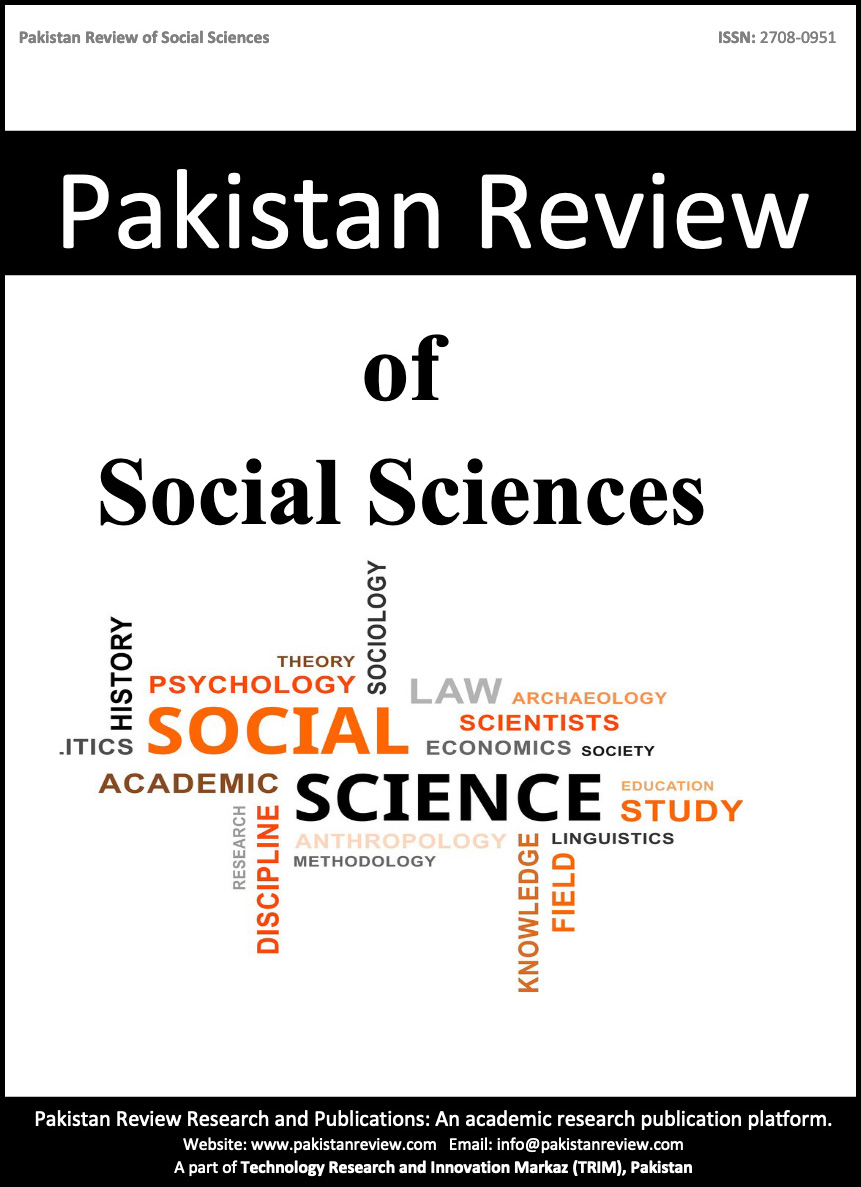Reciprocal Divinity: Artificial Intelligence and the Feedback Structure of the Sacred
Keywords:
Artificial Intelligence, Divinity, Feedback, Theology of Technology, Enchantment, Reciprocal Divinity, Cybernetic Theology, Media PhilosophyAbstract
Artificial intelligence is often described as godlike, capable of creation, judgment, and revelation. The language of divinity that surrounds technology, however, tells us as much about human imagination as it does about machines. This paper argues that AI reshapes the structure of the sacred by shifting from distant transcendence to immanent, reciprocal forms of divinity grounded in feedback and participation. Drawing on theology, philosophy, media theory, and sociology, it presents intelligent systems as sites where divinity appears as process rather than perfection. The divine no longer rules from above; it learns through interaction. Each query, prompt, and dataset functions as a small ritual through which belief and behavior co-produce authority. Viewed through this lens, AI exposes a transformation in power and reverence: the sacred becomes procedural, collaborative, and fragile, sustained by attention, ethics, and infrastructure. The gods we build now reflect us, learning from our habits, constrained by our materials, and shaped by our care.
This account contributes to ongoing conversations in the theology of technology, media philosophy, and AI ethics by reframing divinity as a participatory relation rather than a distant ideal. It positions artificial intelligence as both mirror and medium for the human search for meaning, offering a framework for understanding computation as a practice of co-creation.
Downloads
Published
Issue
Section
License
Copyright (c) 2024 Sara Syed

This work is licensed under a Creative Commons Attribution 4.0 International License.
Submission declaration
Authors retain the copyright to their work and grant the Pakistan Review of Social Sciences (PRSS) the right of first publication under a Creative Commons Attribution 4.0 International (CC BY 4.0) license. This license allows others to share, adapt, and reuse the work for any purpose, including commercial use, as long as appropriate credit is given to the original authors and the journal.
By submitting a manuscript, authors confirm that the work has not been published previously (except as an abstract, lecture, or academic thesis), is not under review elsewhere, and has been approved by all authors and relevant authorities. Once accepted, the article will be openly accessible under the CC BY 4.0 license, ensuring wide dissemination and reuse with proper attribution.






